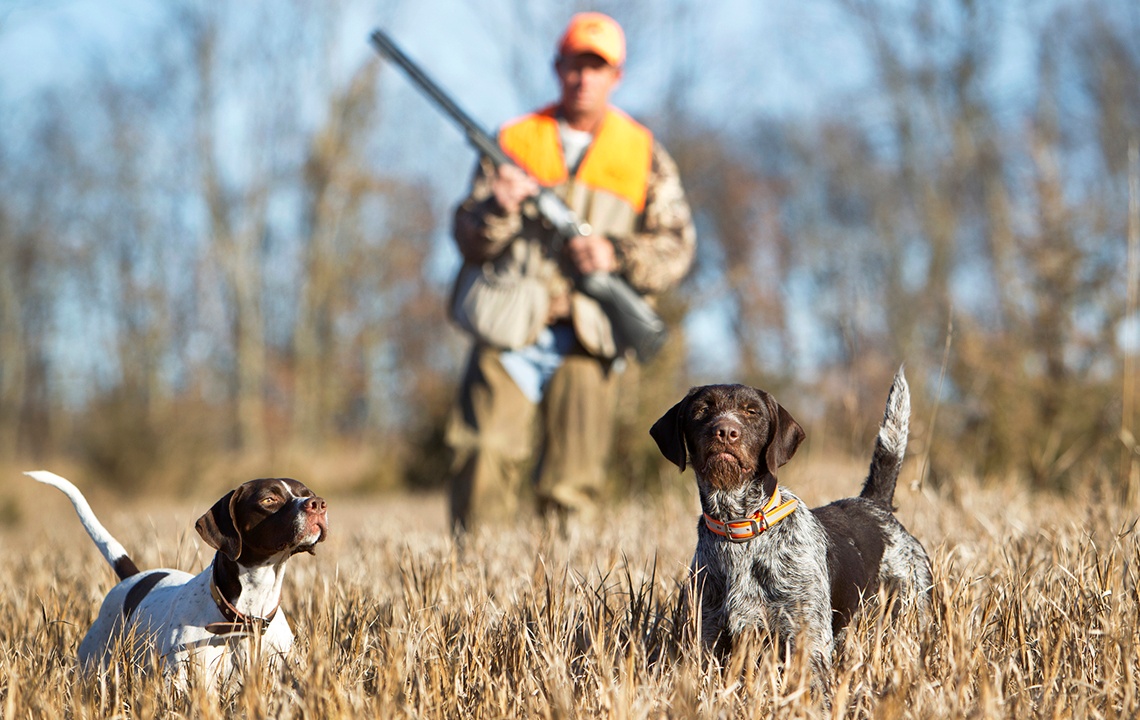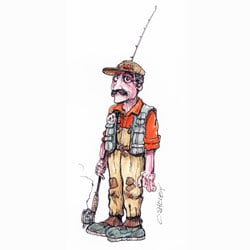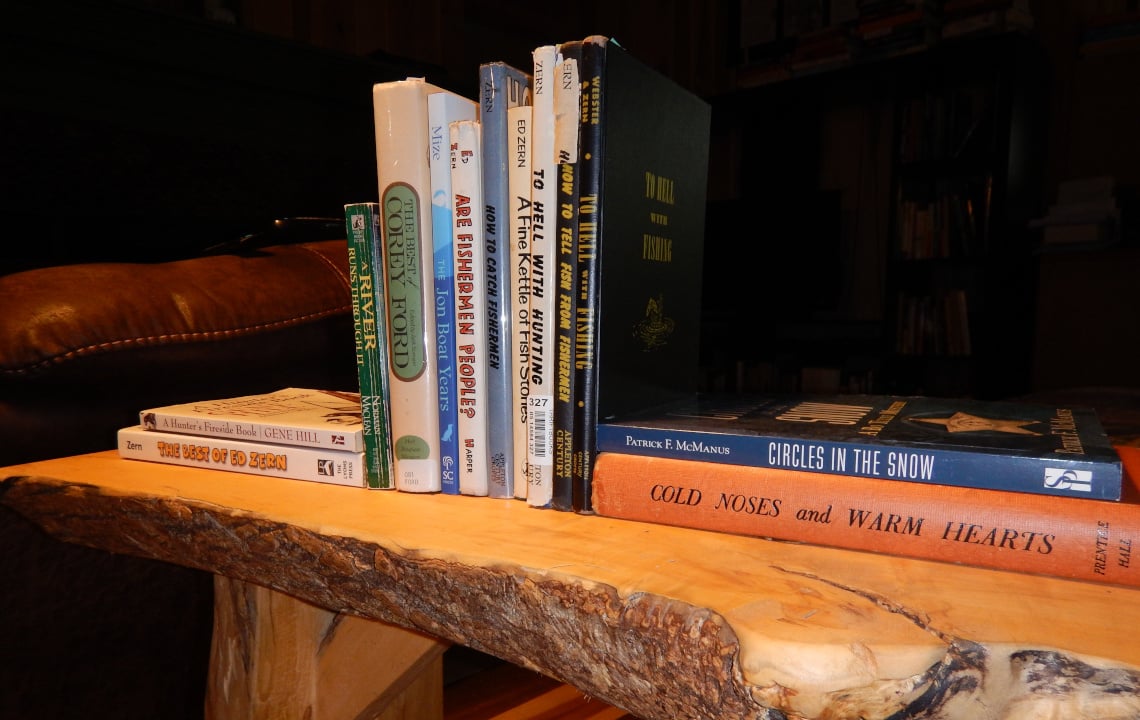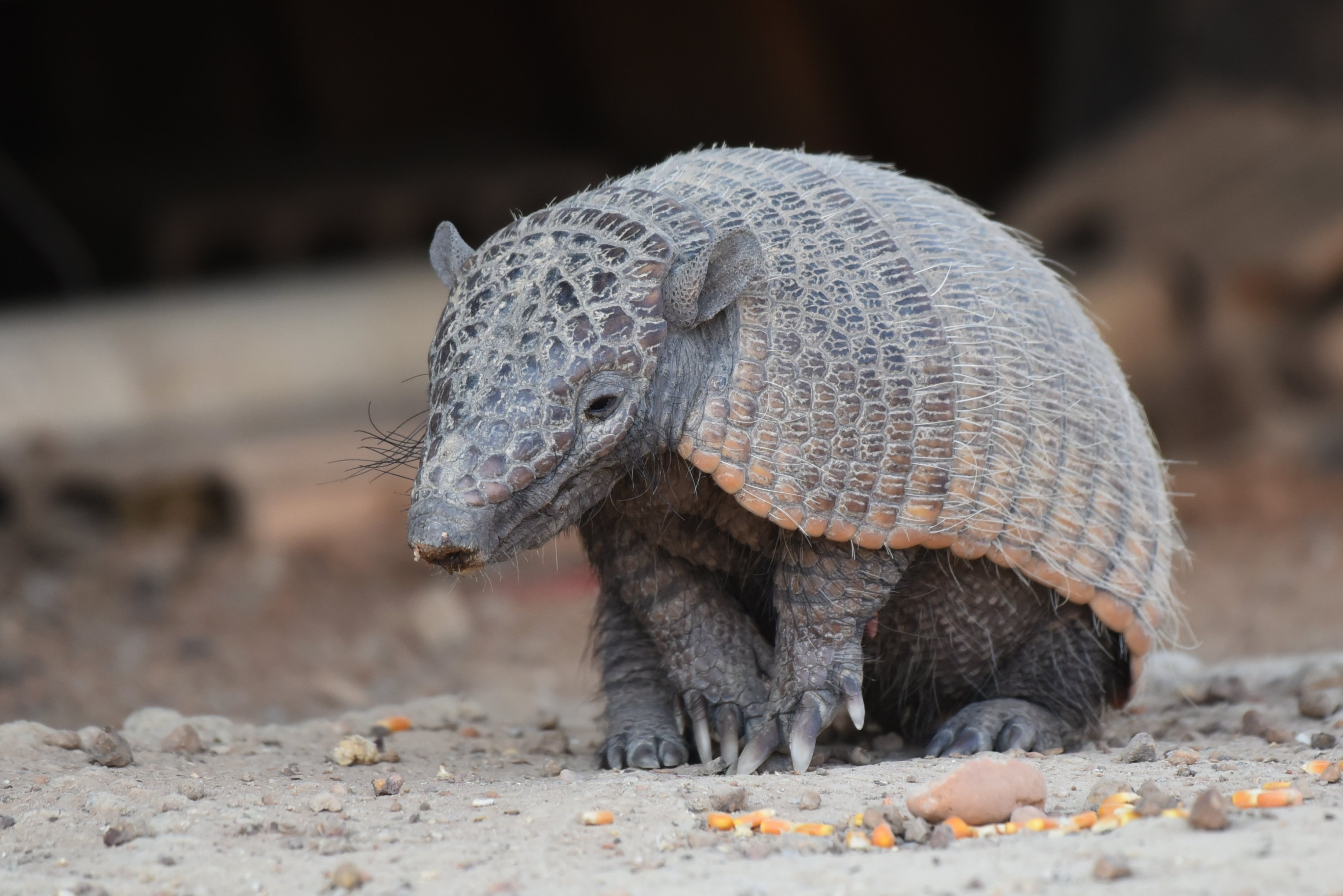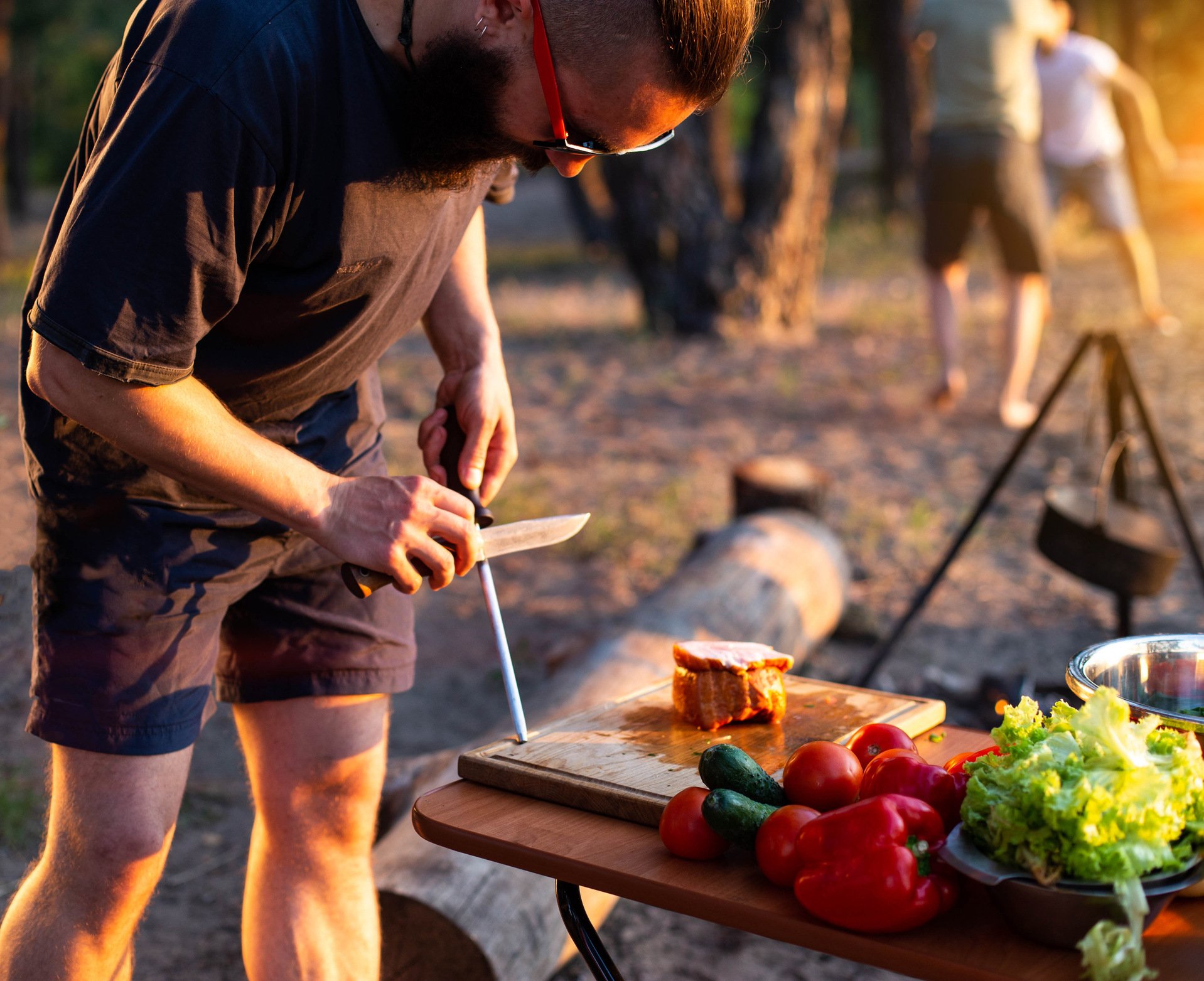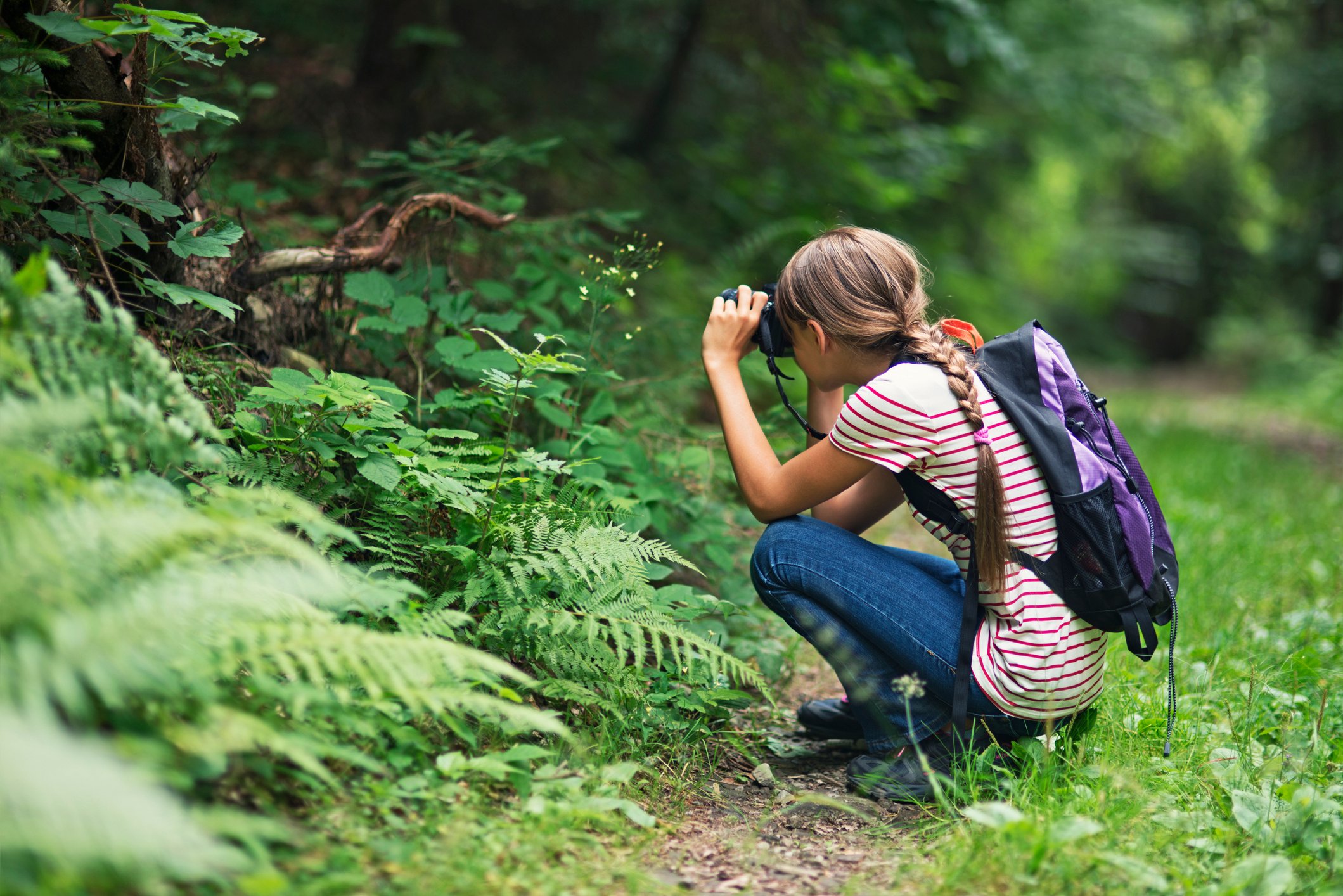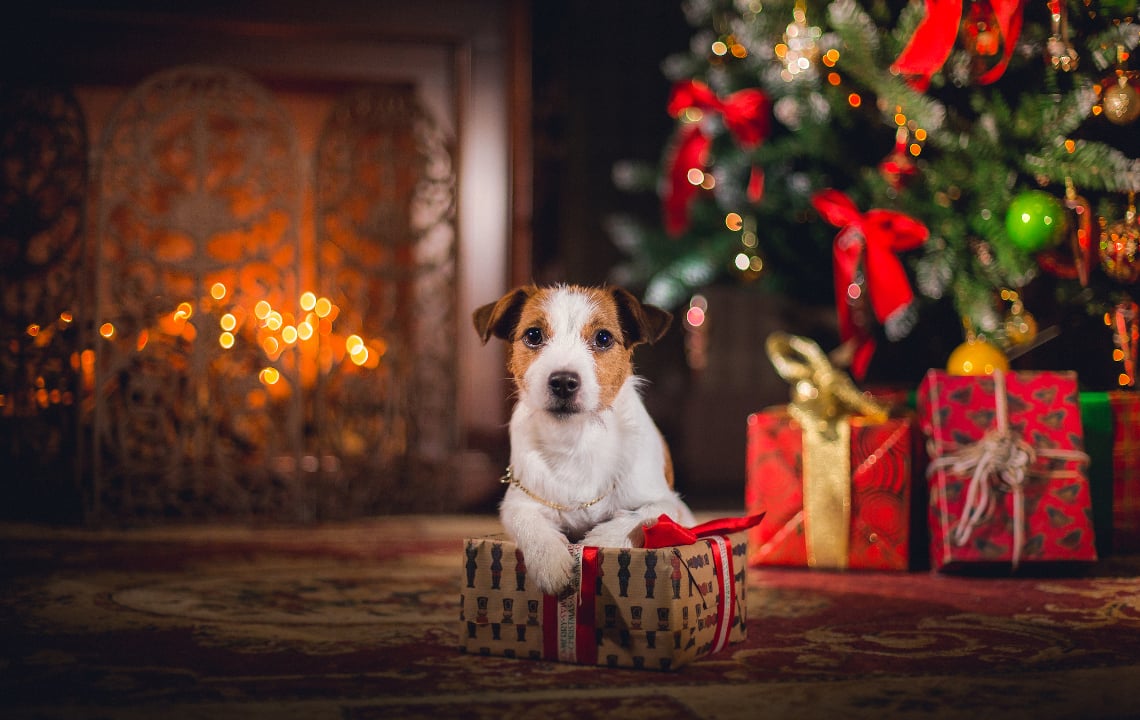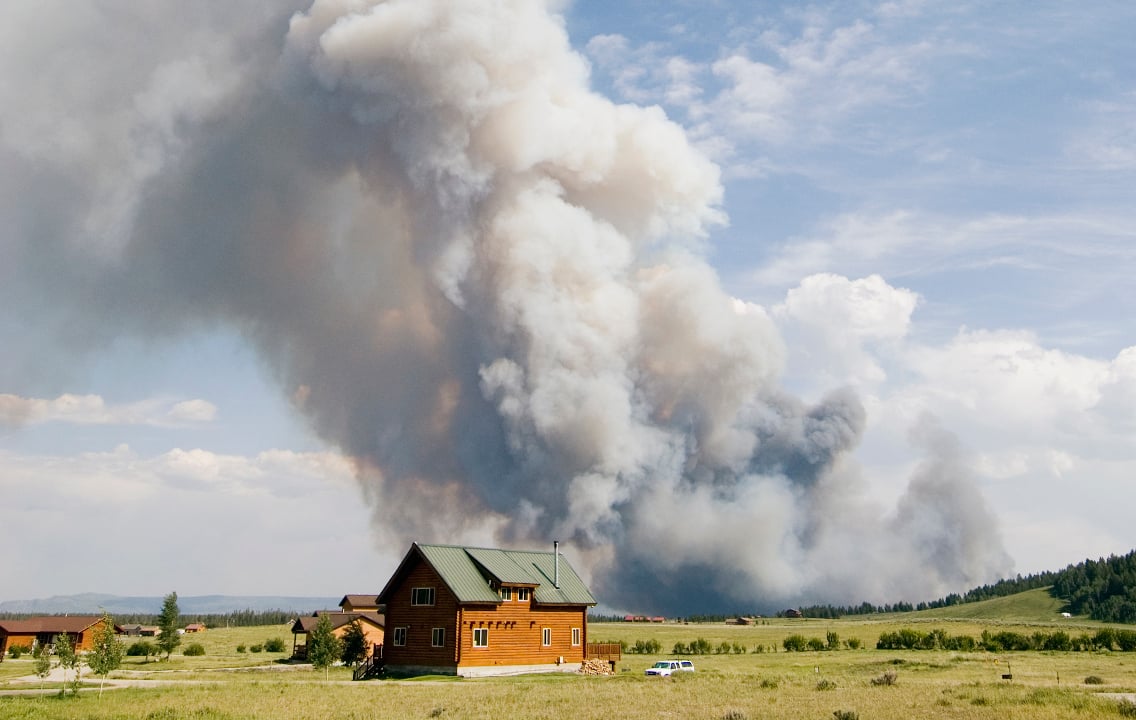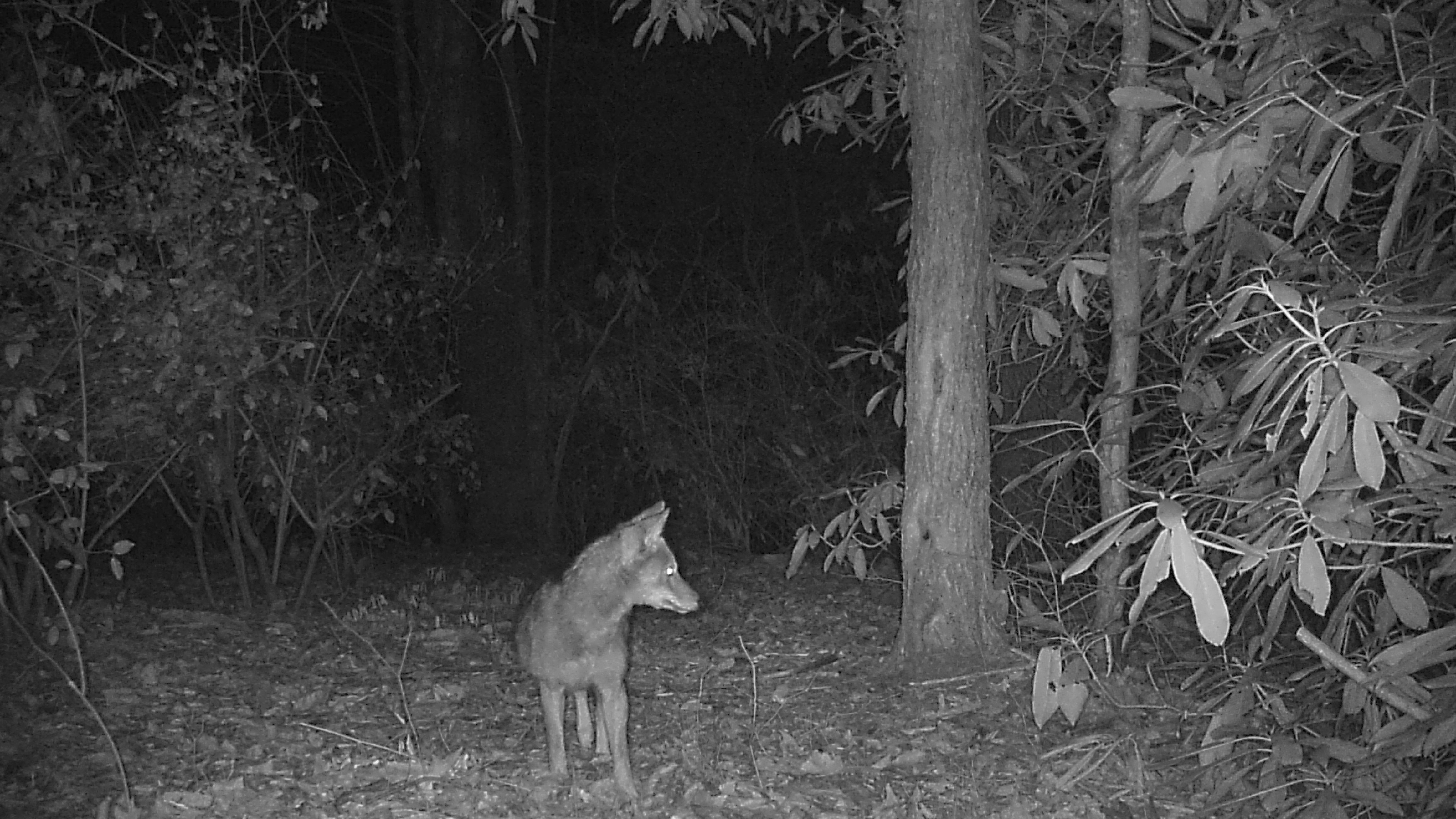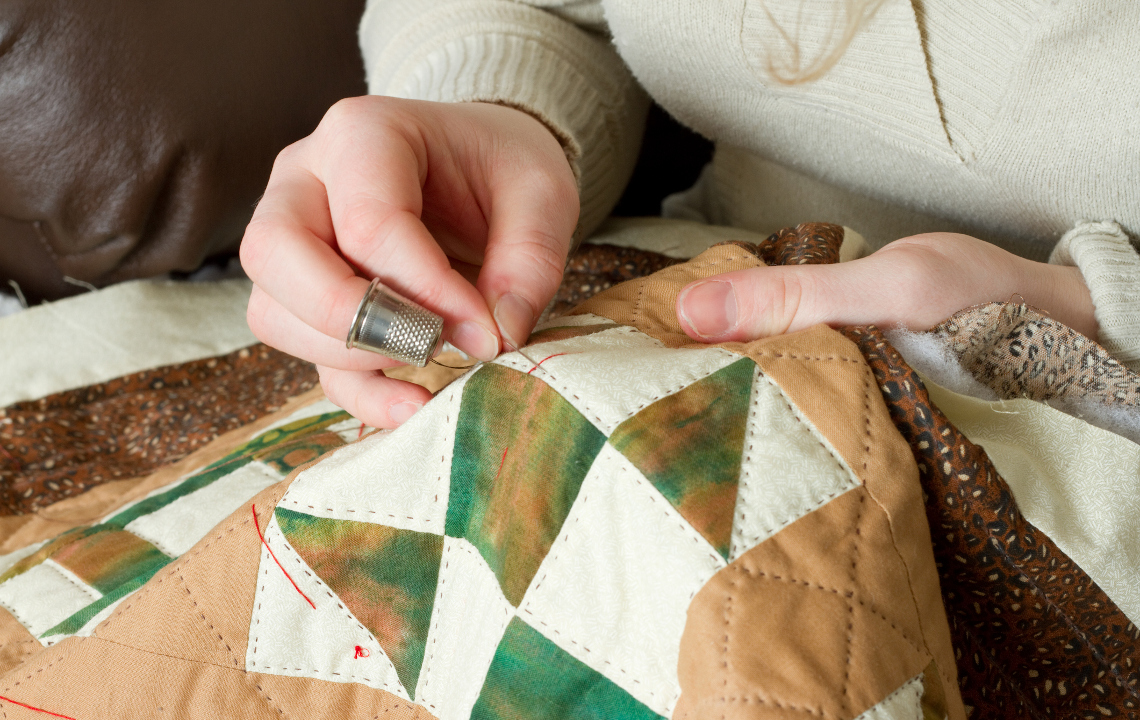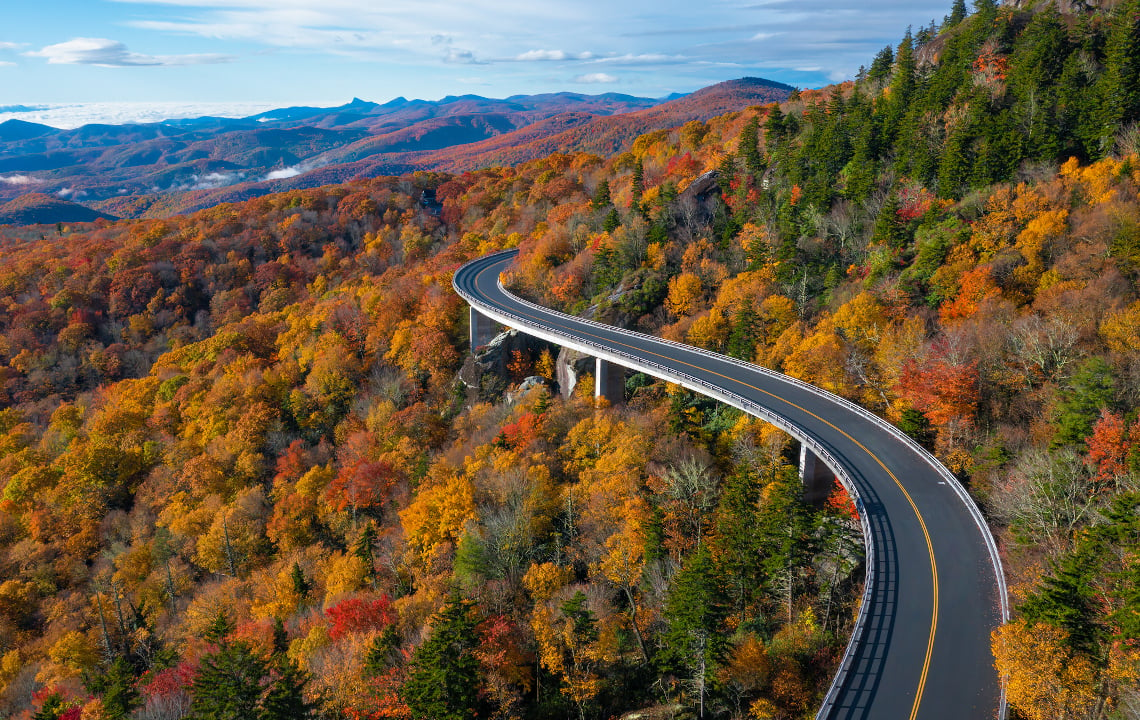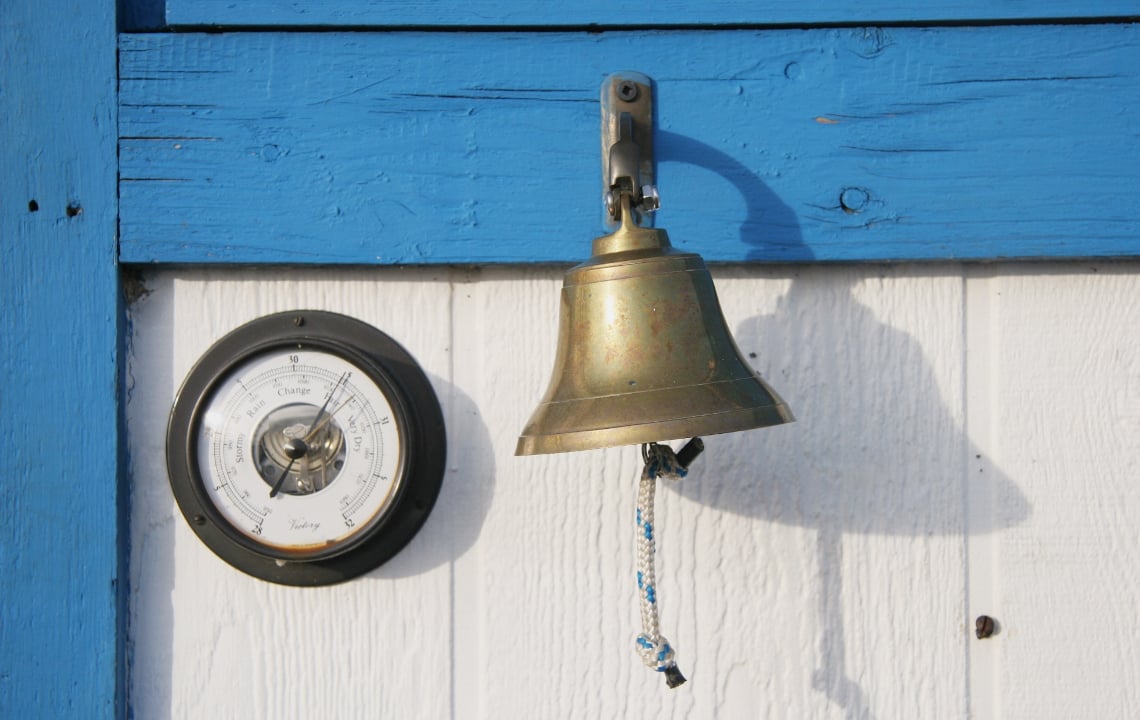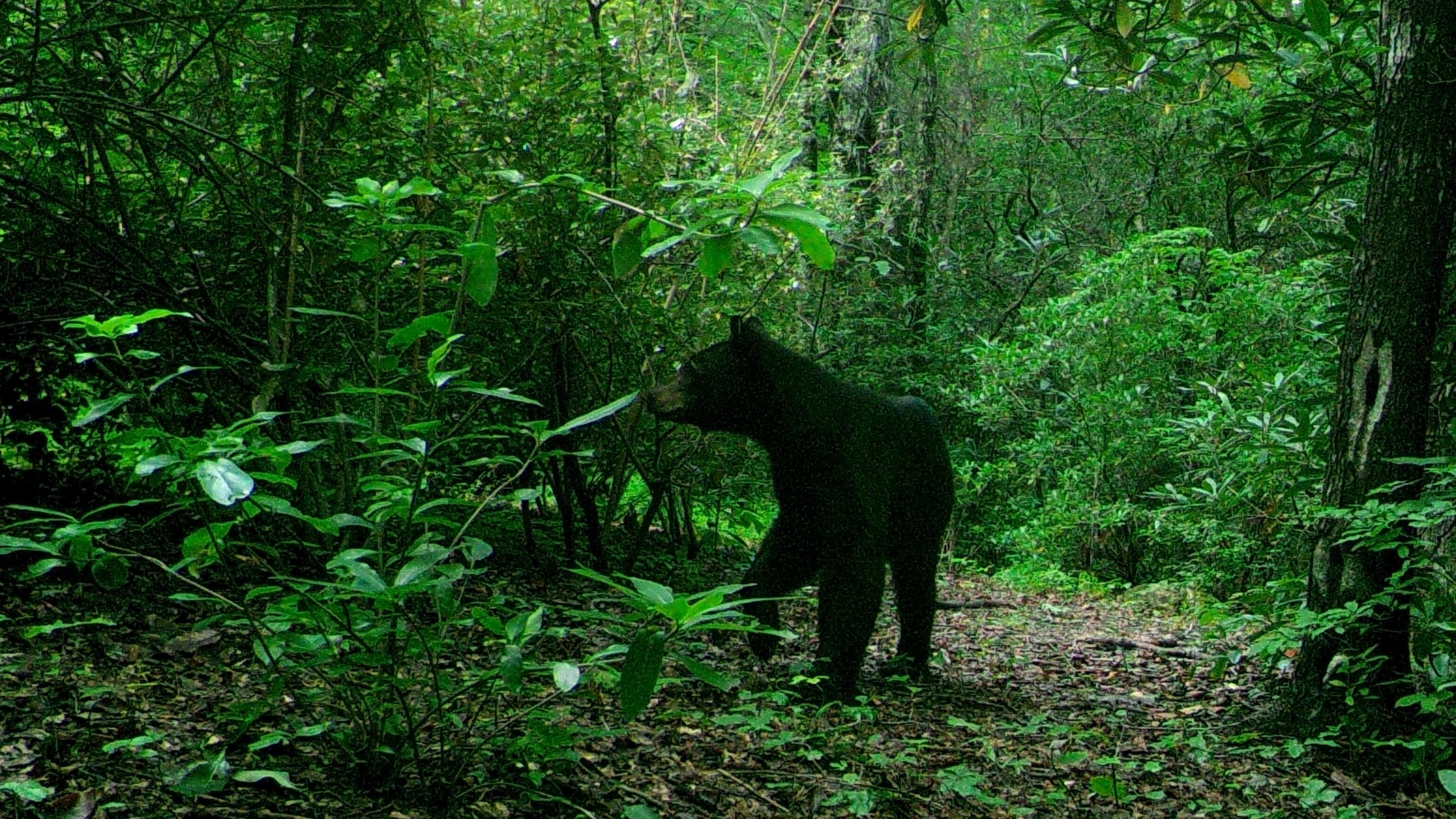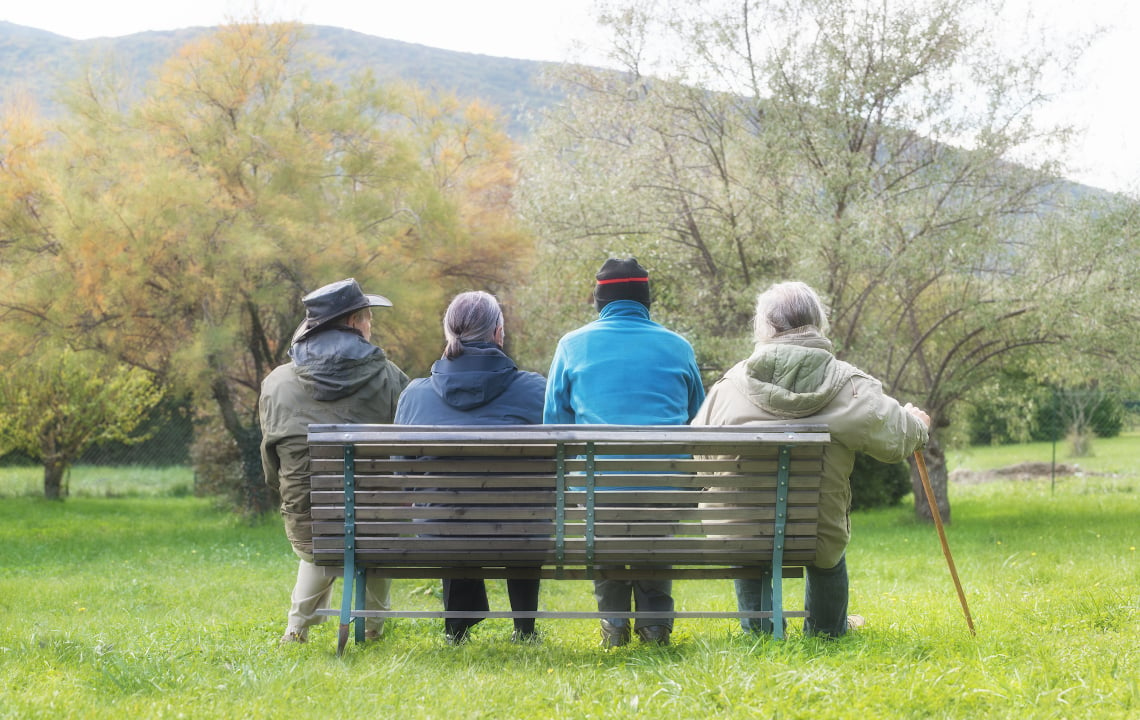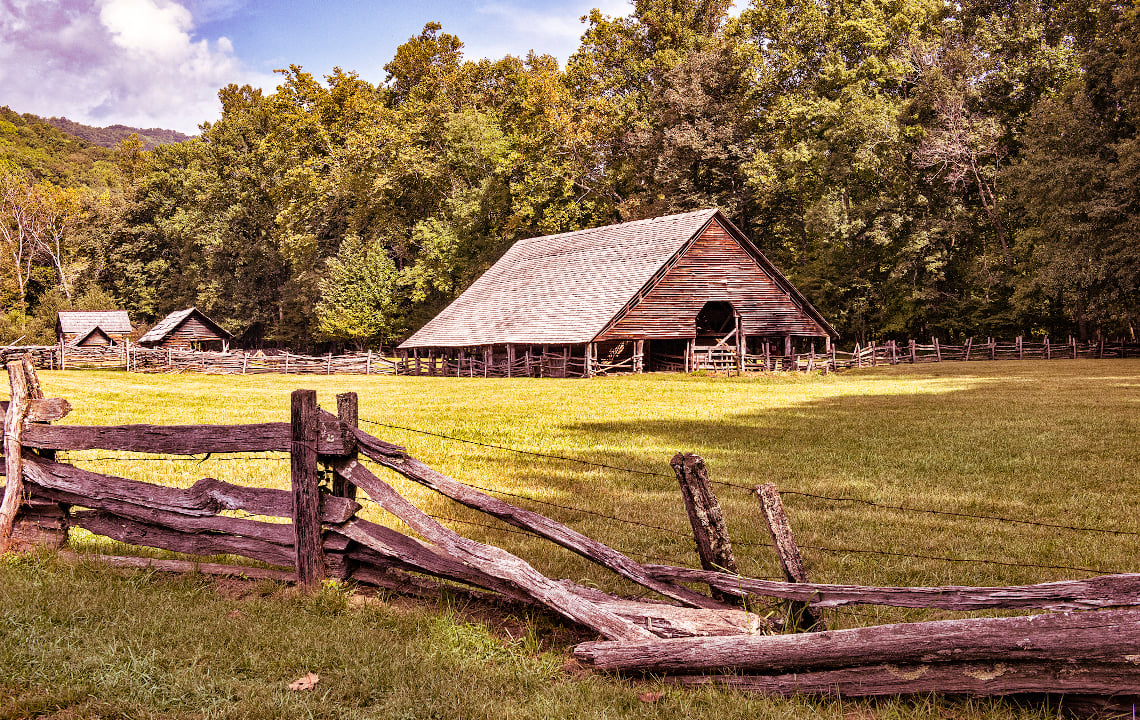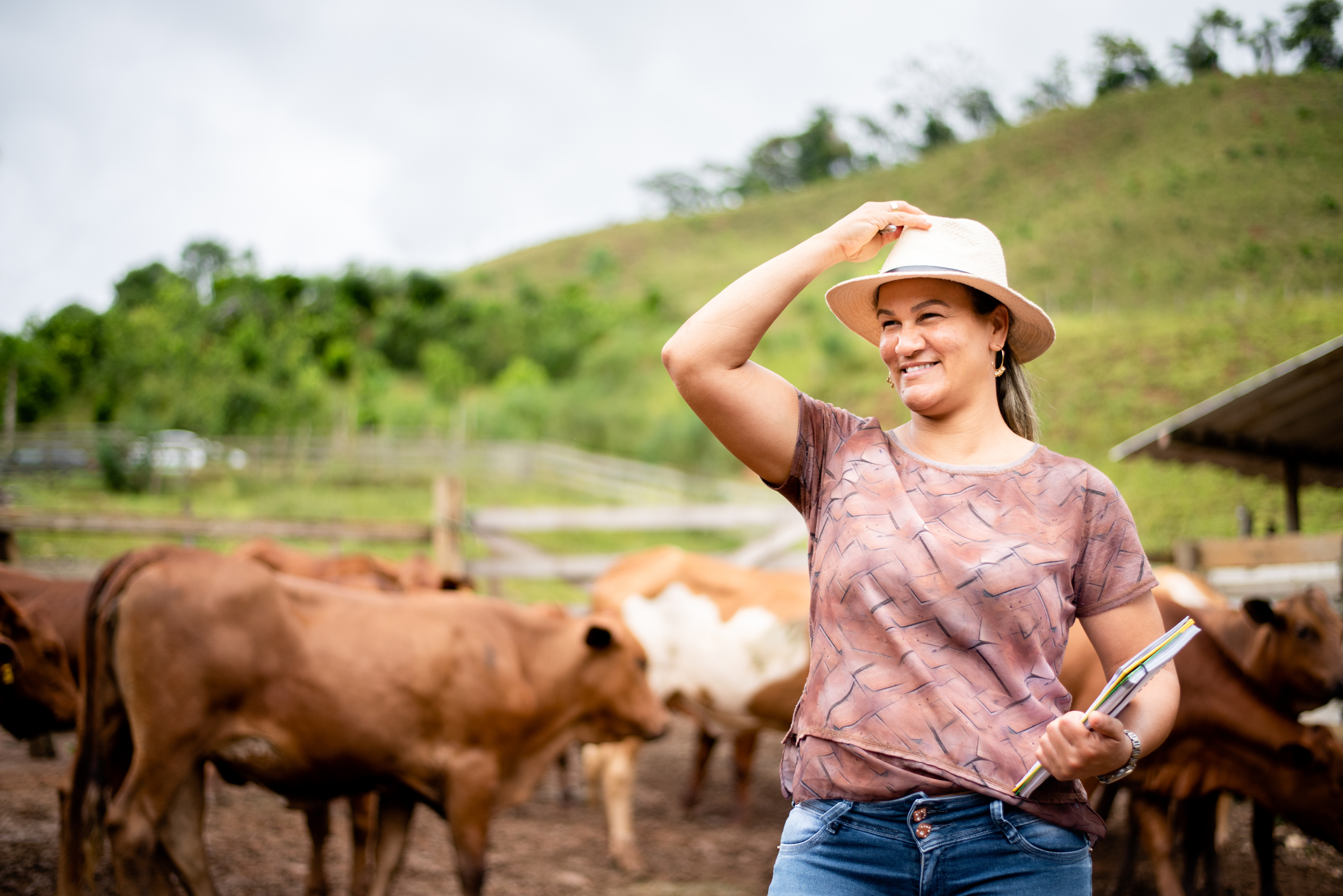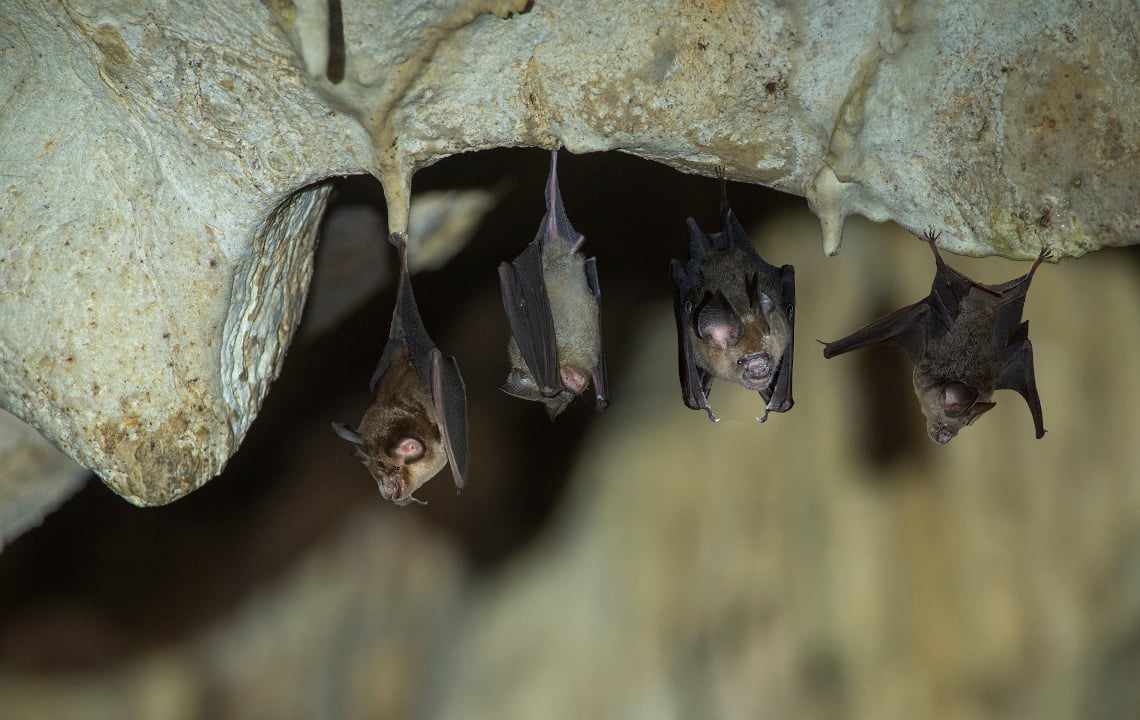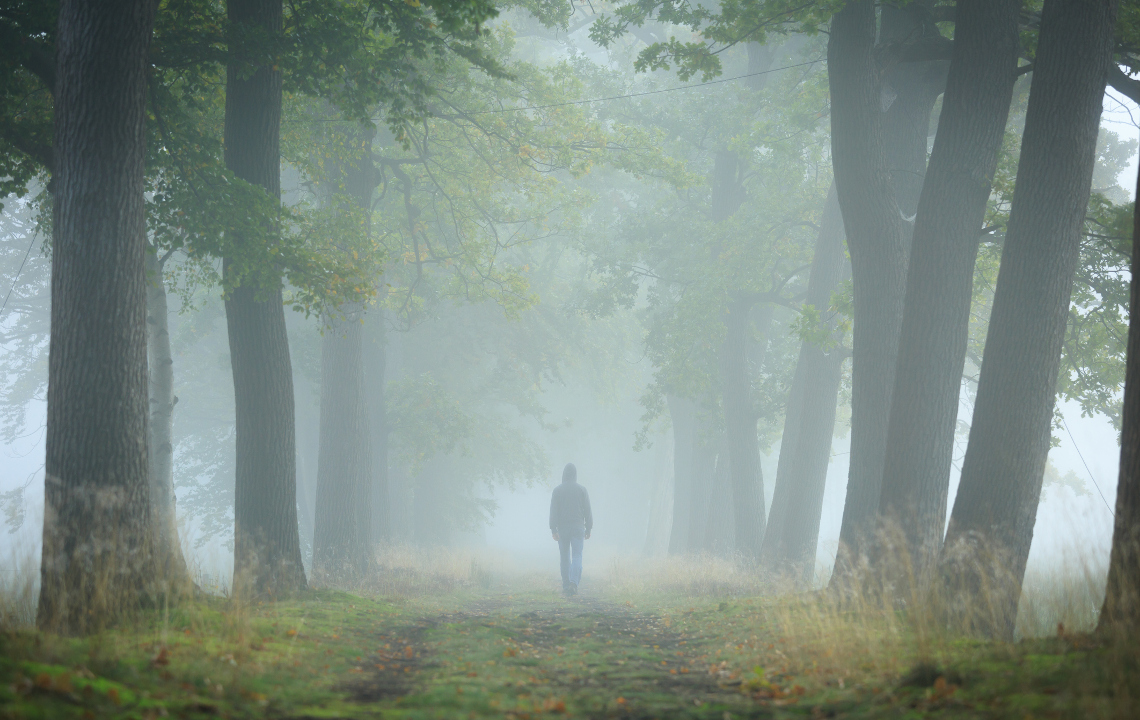When author Jim Mize was young, he would hunt with his grandfather's prize hunting dogs. He shares his memories of family hunts and explains what made the best hunting dogs.
 On a chilly Saturday afternoon, late in squirrel season, our families used to gather in my grandfather’s yard. He was a farm hand by day and a trader on weekends. It was often said that he could “start the day with a pocketknife and end it with a pony.” In between, he had his hunting dogs.
On a chilly Saturday afternoon, late in squirrel season, our families used to gather in my grandfather’s yard. He was a farm hand by day and a trader on weekends. It was often said that he could “start the day with a pocketknife and end it with a pony.” In between, he had his hunting dogs.
Hounds were valued then, particularly those that chased raccoons, possums, rabbits and squirrels. On afternoons when we hunted, he would walk around his place and pick out four or five dogs that might run a squirrel.
By that time, all the uncles and cousins had gathered in the yard, a hint of excitement in the youngest and the hounds. The men talked of race cars and politics while the kids listened, hoping partly to seem grown up and more so that the talking would soon end.
It ended when the dogs were loosed.
Breaking free from their pens, the mixed lot tore through the woods like banshees. No kids could keep up -- nor did we need to. The hounds would tell us soon enough where to show up.
Amongst the lot of us, there might have been a couple shotguns carried by the adults and a few BB guns carried by the kids. The youngest might find a walking stick just to have something to tote. We rambled like an amoeba across the land, a small mob that pulsed one direction, grouped, then pulsed in another.
We learned the history of the land on such afternoons: who owned which tracts and how that came to be. Under hickory trees, we might crack the nuts for tidbits, more for the novelty than the sustenance. On steep banks, the smallest would take turns on the natural slide, spreading out flat to slip on the hardwood leaves and stop at the bottom of the gully, only to clamber back up and go again.
All this changed the first time a dog yodeled. Some hounds would yip, others ran silent, but the throaty howl of a hound played like music in the forest. Upon such a song, we’d break into a run to get to the tree.
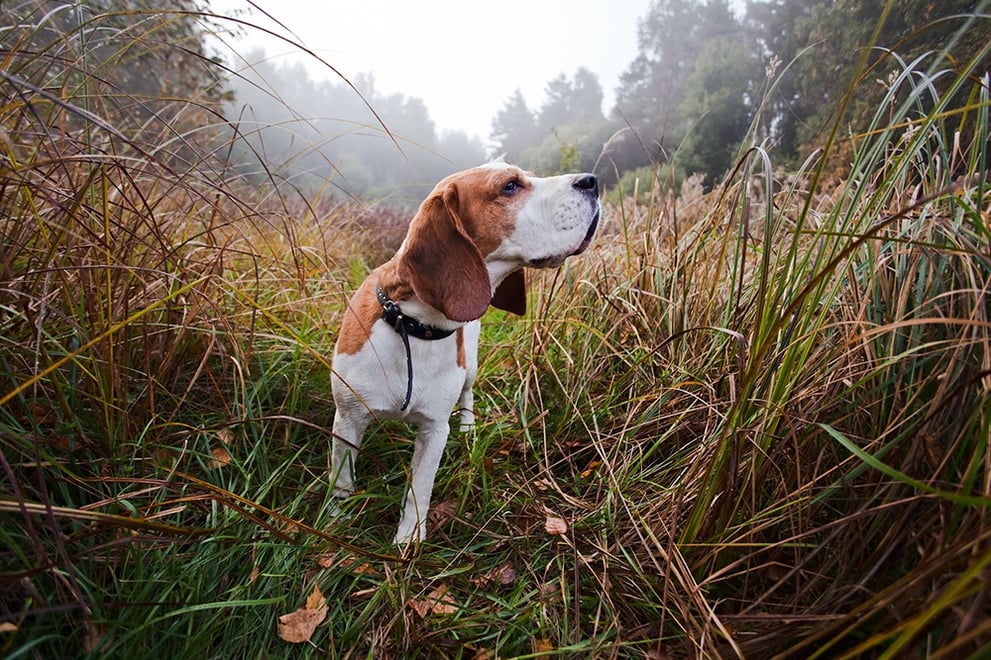
Among the hounds, we had cold-trailers that could tell you a squirrel came by yesterday. We had dogs that could tree but not tell you where the squirrel went after it climbed. Squirrels that jumped trees soon escaped these dogs.
The best hunting hounds watched the limbs for the squirrel and followed it from tree to tree. These were the ones to follow in the woods, as they were still on game upon your arrival.
The kids were always first to arrive and played the role of spotters. Sometimes, it was simply a matter of seeing the dens the squirrel likely ran into. On occasion, the squirrels would lay flat on top of a limb, hidden to the eyes below and calling into credibility the dog’s nose.
By day’s end, we might have two squirrels for our effort. We’d skin these for my grandfather, fair payment for the use of his hounds. Then we’d gather up the dogs, tongues hanging, tired and hungry.
The kids gravitated to the hand pump in the backyard, bringing up water that seemed all the colder to drink from an air-chilled metal dipper. By then, our tongues drooped like the hounds’ and on our jeans the mud and beggar’s lice told the story of our day.
In the end, all our energy spent, we had reconnected with family and the homeplace of our ancestors. By the time the car began to rock us gently on the road home, we had nodded off, fully spent.
More than just memories were made from these romps in the woods.


